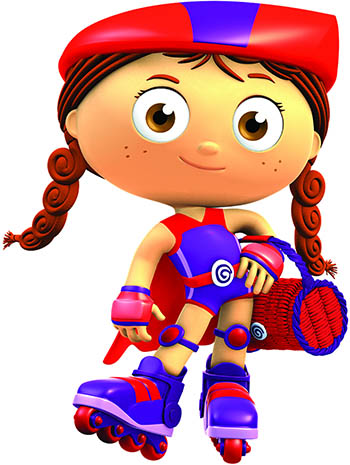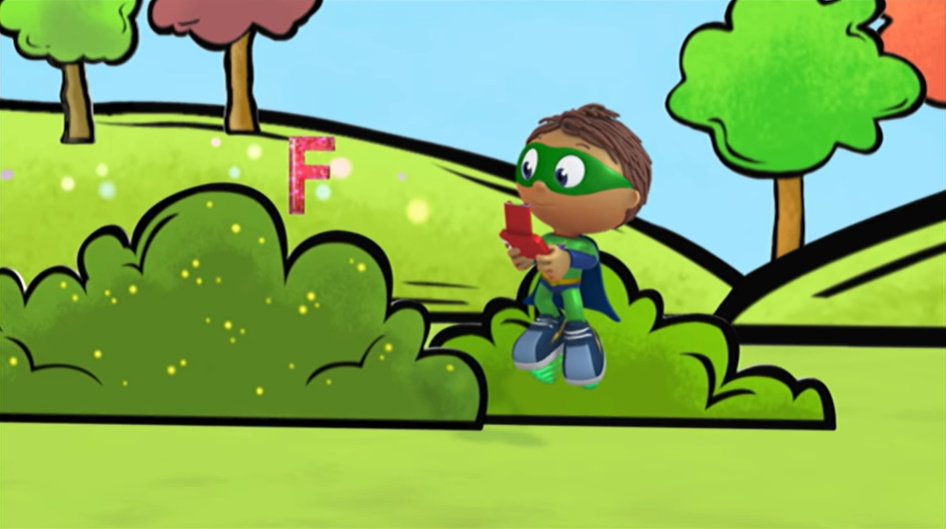
In addition to being a counting rhyme, and it’s a story about climbing a tree, collecting sticks, and coming back down. Here’s a short counting rhyme that I wrote. When you write a counting rhyme, you probably want to at least include the numbers one through four, and possibly as high as ten. Counting RhymesĬounting rhymes such as “ One, Two, Buckle My Shoe” and “One Potato, Two Potato” are nursery rhymes that teach numbers and counting to very young children. She taught her little lessons all to teeny-tiny mice.Īnd here’s another that I wrote about a family and the things they like to eat: That teeny-tiny teacher, she was super-duper nice. Was teaching little lessons from a teeny-tiny stool. Here’s a short little story I wrote about a short little teacher.Ī teeny-tiny teacher in a teeny-tiny school

Your character doesn’t have to have a name. You can simply describe him or her a boy, a girl, a mother, a teacher, and so on. She was so hungry, that she didn’t stop eating when she was done with all her food. Here’s a nursery rhyme I wrote about a hungry little girl named Katy. The name can be silly, like Humpty Dumpty, or a simple one like Jack. You’ll need to give them a name, and something to do. What animal is your favorite? Why don’t you see if you can write a short rhyme about something that they do? Stories about CharactersĪnother common way to write a nursery rhyme is to write about a person. If you wanted to write about a cat, on the other hand, you could try something more like this: I guess someone needs to guard the carrots from the rabbit, so I finished the poem like this: You don’t have to rhyme every line, but you need to rhyme some of the lines. We know they like to hop and eat carrots, so you could start by writing about a rabbit hopping in the yard, like this: If you want to tell a story about a rabbit, you need to think about what rabbits do. Why don’t you try writing about your favorite animal? I happen to like rabbits, so I’ll write about that. Let’s say you wanted to write about an animal. It might be a story about an animal, or a character with a funny name, or even just a counting rhyme or a poem about a place or a thing. It can be as simple as any Mother Goose story. When you tell a story with a nursery rhyme, it doesn’t have to be complicated. “ Little Miss Muffet” tells the story of a girl who sits down to eat, but is frightened by a spider. For example, “ Hickory Dickory Dock” tells the story of a mouse running up a clock and then back down after the clock chimes. Nursery Rhymes Tell a StoryĪlthough nursery rhymes are usually very short, just 4-8 lines long, they almost always tell a story. All you need is a pencil, a piece of paper, a little time, and your imagination. In fact, even you can write your own new nursery rhymes, and it’s not that hard. Many authors have even started writing funny “fractured” nursery rhymes, taking well-known Mother Goose poems and updating them with humor and modern ideas. American poet Jack Prelutsky followed suit with books such as Ride a Purple Pelican, Beneath a Blue Umbrella, and The Frogs Wore Red Suspenders.

For example, Canadian poet Dennis Lee has authored a number of books, including Alligator Pie, Jelly Belly, and Bubblegum Delicious, that are filled with new nursery rhymes. In the past few decades, a number of children’s poets have also begun writing new nursery rhymes. And some, such as “ The Itsy-Bitsy Spider” are “traditional,” meaning we don’t know who wrote them. Many of the short nonsense poems of Edward Lear would qualify as nursery rhymes. In fact, Mother Goose is credited with writing several hundred nursery rhymes.īut did you know that Mother Goose isn’t the only writer of nursery rhymes? “Twinkle Twinkle Little Star” was written by an English woman named Jane Taylor.

Though no one knows for certain if Mother Goose was a real person, her rhymes have been popular with young children since the 1600’s. Some of the most popular Mother Goose rhymes include “ Humpty Dumpty,” “ Hey, Diddle Diddle,” “ Little Bo Peep,” “ Peter Peter Pumpkin Eater,” and many others. Some of the best known children’s poetry in the English language are the “nursery rhymes” of Mother Goose.


 0 kommentar(er)
0 kommentar(er)
